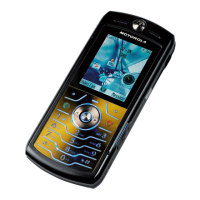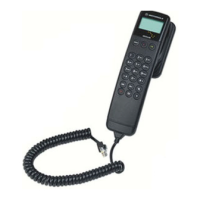98
What kinds of phones are in question?
Questions have been raised about hand-held mobile
phones, the kind that have a built-in antenna that is
positioned close to the user's head during normal
telephone conversation. These types of mobile
phones are of concern because of the short distance
between the phone's antenna—the primary source of
the RF—and the person's head. The exposure to RF
from mobile phones in which the antenna is located
at greater distances from the user (on the outside of
a car, for example) is drastically lower than that
from hand-held phones, because a person's RF
exposure decreases rapidly with distance from the
source. The safety of so-called "cordless phones,"
which have a base unit connected to the telephone
wiring in a house and which operate at far lower
power levels and frequencies, has not been
questioned.
How much evidence is there that hand-held
mobile phones might be harmful?
Briefly, there is not enough evidence to know for
sure, either way; however, research efforts are
ongoing. The existing scientific evidence is
conflicting and many of the studies that have been
done to date have suffered from flaws in their
research methods. Animal experiments investigating
the effects of RF exposures characteristic of mobile
phones have yielded conflicting results. A few
animal studies, however, have suggested that low
levels of RF could accelerate the development of
cancer in laboratory animals. In one study, mice
genetically altered to be predisposed to developing
one type of cancer developed more than twice as
many such cancers when they were exposed to RF
energy compared to controls. There is much
ST3000.01Book Page 98 Wednesday, March 8, 2000 2:32 PM

